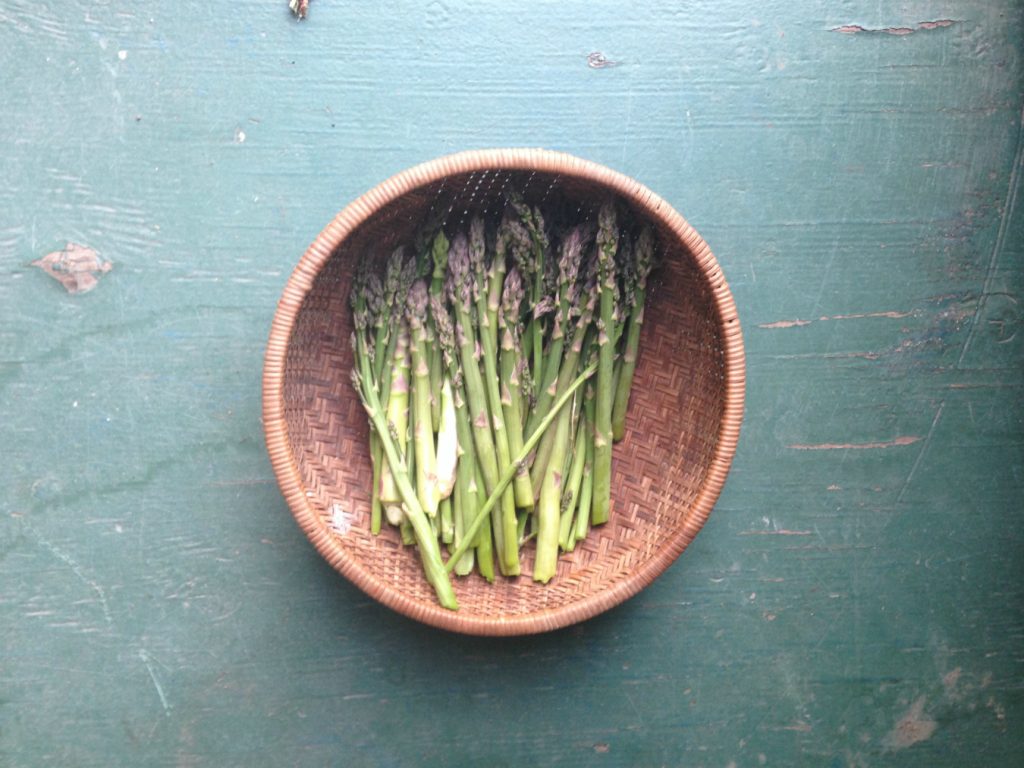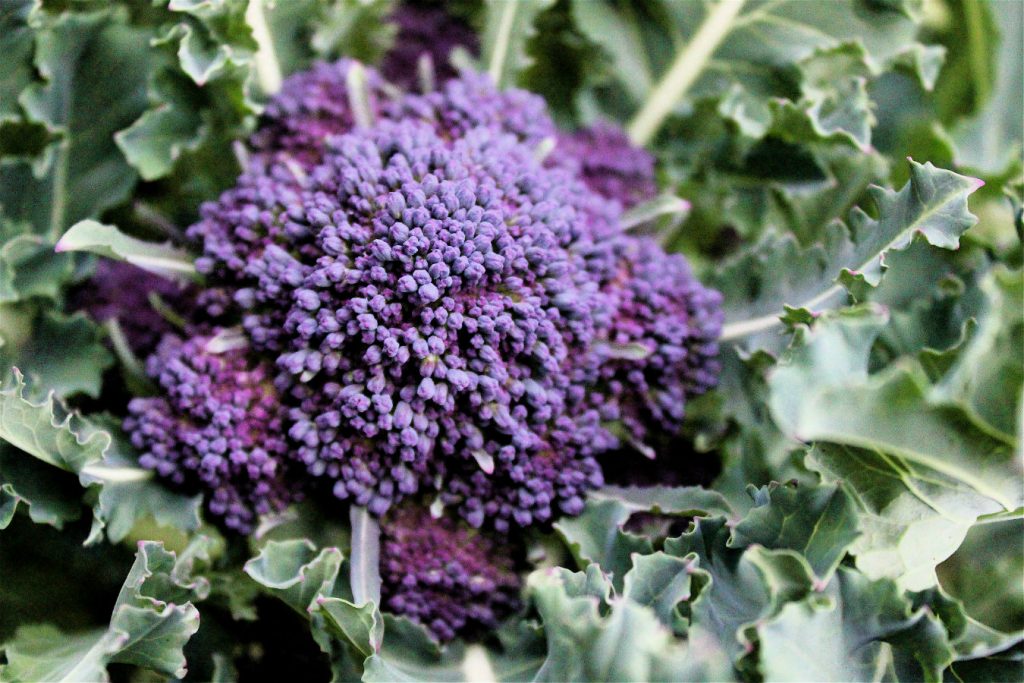Spring daydreams of summer’s peak season are beginning to manifest more clearly in the minds of food growers. Currently, cucumbers, zucchini, and beans are in the greenhouse, seeded in pots and waiting to germinate. Greenhouse temperatures are rising, and the door is kept open during the day. Harvests of asparagus are here, as well as the last of the winter kale and its flowers. Gardeners look forward to this transitional point into summer, when they transplant heat-loving crops such as tomatoes, cucumbers, zucchini, eggplant, basil, and beans to subsequently care for them, watch their rapid growth, and in turn, reap the summer harvest.
With the warming temperatures and new spring seedlings in the ground comes the threat of unwanted pests in the garden. While the height of summer drought sees the broadest cross-section of unwanted species, this is the time to become familiar with the life cycles of the most prevalent garden pests right now: leaf miners, cutworms, cabbage maggots, and slugs. There are many organic solutions to these threats, one of them being companion planting. To bridge spring and summer planting, seeding a few key garden companions will be beneficial for a successful and manageable season: plant marigolds and nasturtiums on the borders of beds or in future negative spaces between crops to ward off pests such as slugs and aphids; plant scallions in your kale and broccoli beds, and carrots beside onion transplants. Companion planting brings a new element to growing food, and the rewards—and beauty—are endless.
Despite anticipation of the season ahead, practice restraint and patience before considering transplanting summer crops. Tomatoes, for instance, need night time temperatures of 13 degrees Celsius at minimum, and cannot handle being transplanted out in the cold rain. While the nurseries begin to sell tomato transplants in early- to mid-May, the beginning of June is a more realistic time to transplant them. If tomatoes are transplanted too early and forced to bare harsh elements, the fruit will become stunted, weak, and susceptible to disease and pests. For the time being, seed and transplant what is seasonally appropriate, and appreciate the spring rains that water the gardens before you must take this task on yourself during summer droughts (whether by manually watering with a hose, installing an irrigation system, mulching to conserve water, or utilizing water captured via rain barrels).
For the moment, strawberries are flowering, peas are climbing, and before the blink of an eye, summer will be upon us. The life cycle of a seed sown is always different, given varying conditions, soil types, and so on. Our lives change each season too, with memories of gardens past and present building and unfolding, just like the layers of an onion.
Samantha Philips is one third of the trifecta of inspired women behind Victory Gardens. Check back every Friday in April for more insights on spring gardening.
Read more about Vancouver’s urban farms.
Read more from the spring gardens series.
Photos: Alana Paterson (asparagus) and Samantha Philips (purple broccoli).











